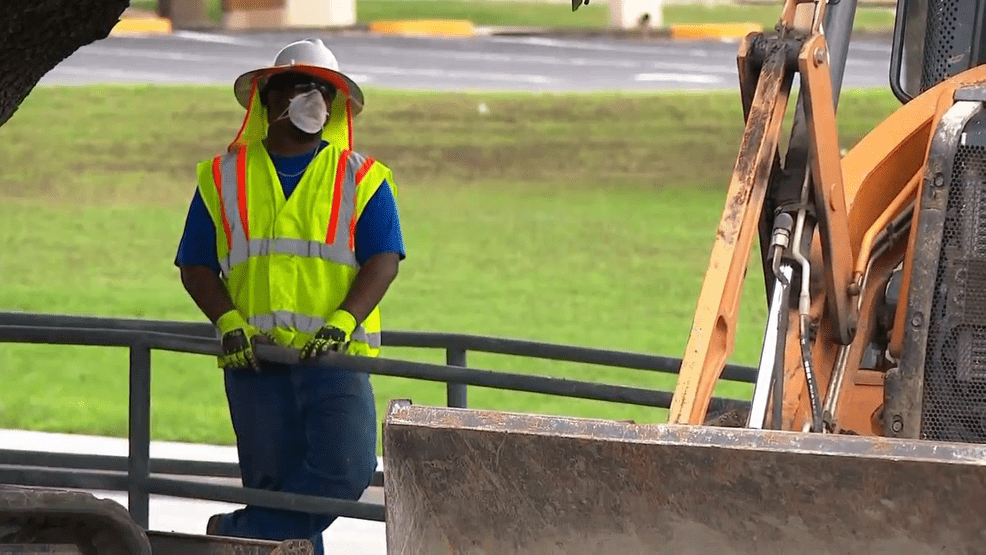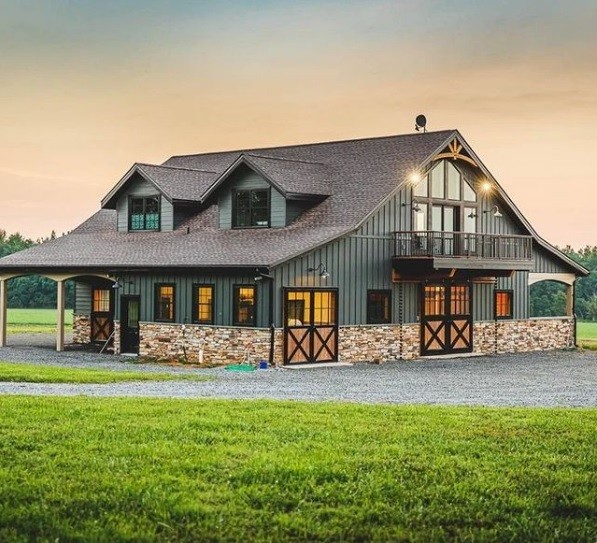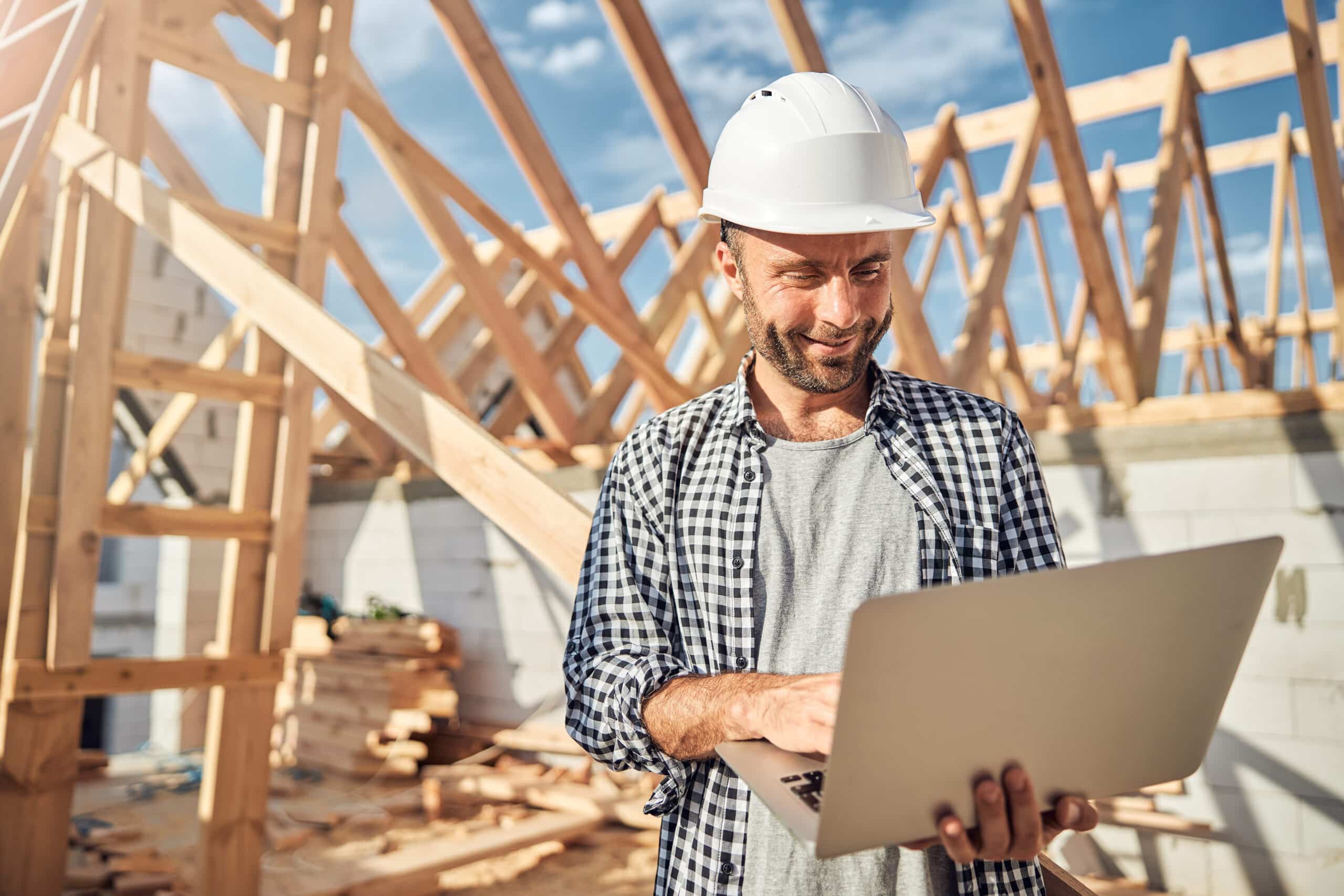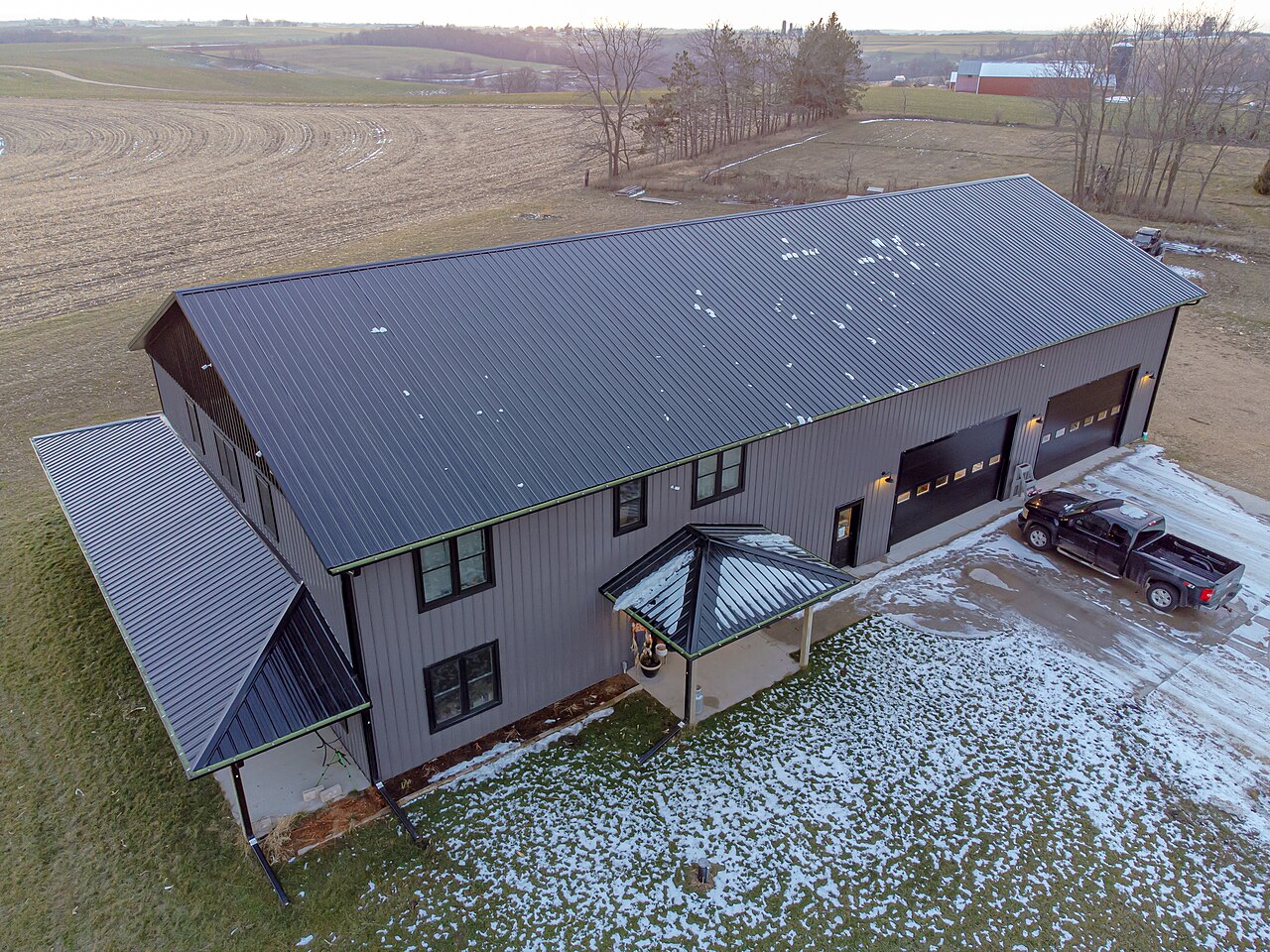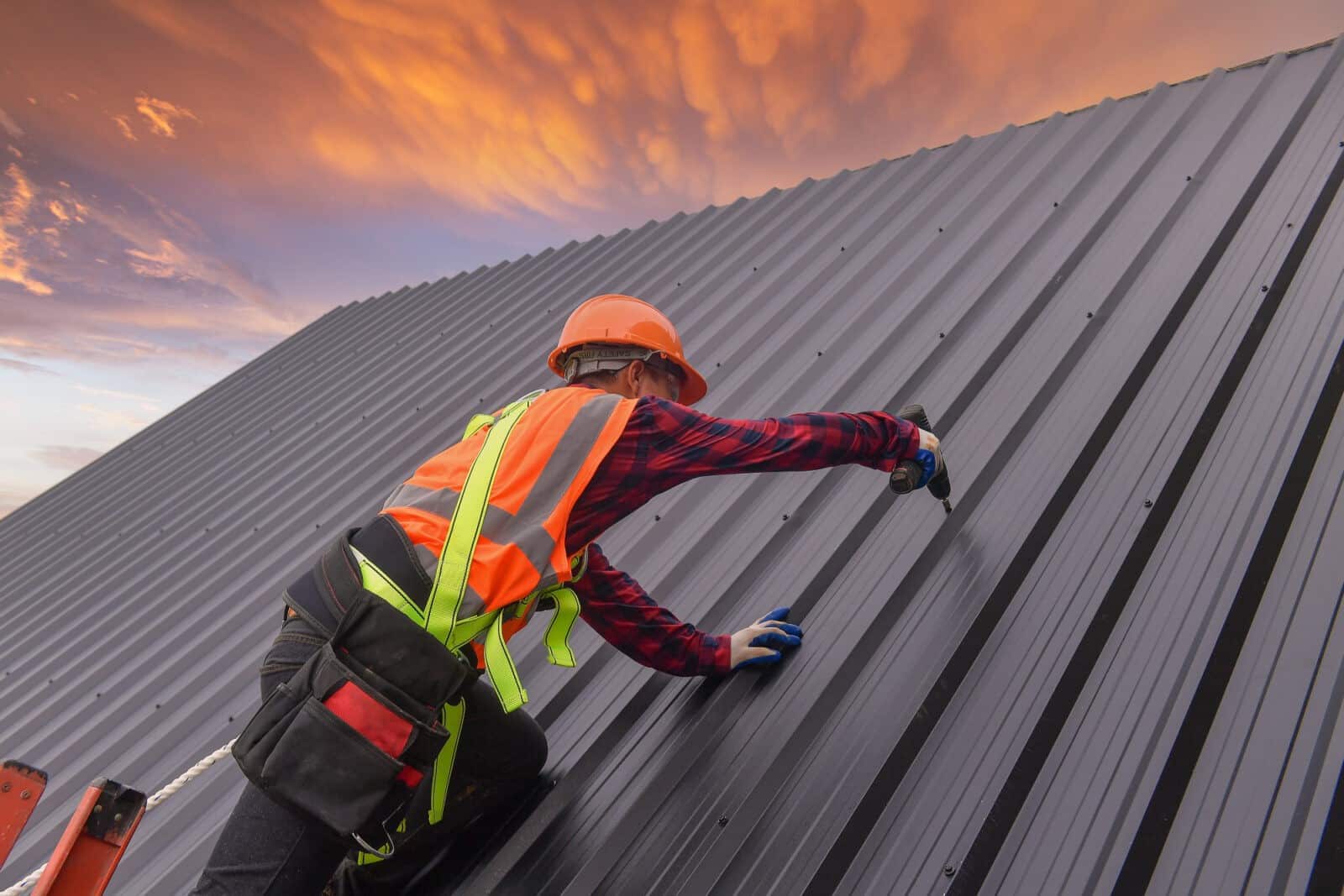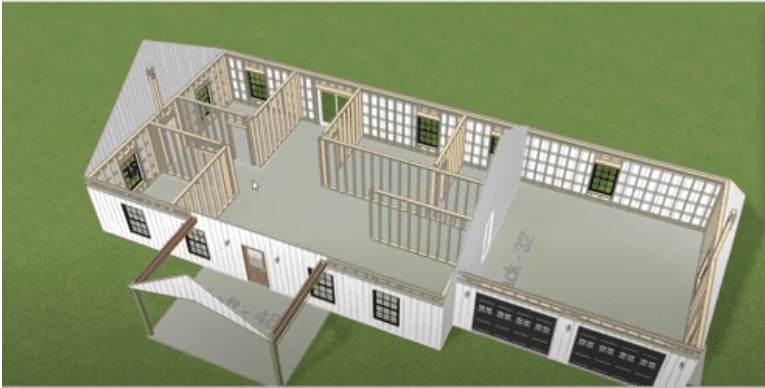Last month, as the coronavirus developed into the deadliest health crisis our country has experienced in nearly a century, the federal government left it up to the states to decide if construction could continue as an essential business. Citing infrastructure and residential housing, every state deemed construction a critical service, able to proceed under certain regulations. In the hopes of keeping your team working and well, we put together a post outlining COVID-19 construction guidelines by state. In this post, we delve into what it’s really like to work under the new restrictions.
Health Screenings
Pulling up to a job looks a little different these days. The first thing you might notice is a nurse – covered head-to-toe in protective gear – waiting to greet you with a thermometer before you ever step foot on site. If your temperature is 100.4 degrees or higher, you’ll be screened further. Fail the secondary screening, and you won’t be able to enter the site until you’ve completed a 14-day self-quarantine, followed by 72 symptom-free hours and medical diagnosis.
If you don’t have a temperature, the nurse will ask you the following questions before allowing you to enter the site:
- Do you feel sick?
- Do you have a fever or chills?
- Do you feel short of breath?
- Do you have a cough or a sore throat?
- Do you have a stuffy or runny nose?
- Do you have a headache or body aches?
- Have you traveled to an affected area in the last two weeks?
- Have you had contact with a person who has tested positive for COVID-19?
- Did you commute to work with anyone?
- Are you pregnant or have a chronic medical condition?
- Have you had any loss of smell or taste?
Once the nurse is satisfied that you’re not currently ill, you’ll be permitted to work. This process is repeated every day you’re on the job site.
Separation
Gone (at least temporarily) are the days of talking about the game during a coffee break or gathering for a big group lunch. The CDC recommends staying at least six feet away from other people, which affects every aspect of a construction site. Contractors must now do their best to enforce social distancing during the following situations:
- Arrival at the project site
- Parking
- Transportation
- Assessment
- Briefings
- Meals and breaks
- Departure from the project site
- All tasks*
Subcontractors are also expected to communicate plans for work areas, so as not to come into contact with other crews. Maintaining distance may require breaking crews into smaller groups and spreading them out in different areas. Some sites are implementing staggered start times or are rotating crews between areas. *Of course, some tasks – like putting in enormous windows – can’t be done by just one person. In these instances, physical barriers are used to separate workers, like temporary wooden walls or tarps.
Protection
When social distancing just isn’t possible (back to those big windows) protection must be worn in the form of mouth and nose coverings. Great care must be used when choosing the right protection to guard against coronavirus infection, so as not to create additional safety hazards, like impaired vision or fatigue. The following protective gear is ranked from best to worst for use on a construction site, along with additional information to consider:
- N95 Respirator – One of the most effective methods of protection from respiratory droplets. Fit testing and medical evaluation are required prior to use. Drawbacks include, loss of peripheral vision, a possible STF hazard, fogging of foam-lined glasses, and heat fatigue when worn for extended periods.
- Surgical masks – A good, disposable choice for blocking large respiratory droplets. More comfortable than the custom-fitted variety, this mask poses fewer on-site hazards, though it’s not as effective against contracting the virus as the N95 and must be changed often.
- Spray socks – Form-fitting, disposable, ski masks that provide limited protection against respiratory droplets. Cheap, breathable, and easy to find – these masks are comfortable, yet there is no data regarding their effectiveness against COVID-19. These masks should be used as a last resort.
- Bandanas – Another last resort type of protection, material masks may provide some limited protection against sprayed respiratory droplets. They are comfortable to wear and may discourage workers from touching their faces.
- Full-face shields – A clear, plastic shield used with any of the above options that may provide additional protection against contracting the virus.
Hygiene
Construction sites are a lot of things, but clean typically isn’t one of them. In the era of the coronavirus, however, extreme hygiene can go a long way in keeping you safe. Expect handwashing stations, and cleaning crews wiping down forklifts and skid loaders, on all sites for the foreseeable future. Here are some other personal practices designed to keep infections at bay:
- Avoiding handshakes and bodily contact with others.
- Covering your mouth and nose with a tissue when coughing or sneezing.
- Disposing of used tissues in the trash or down the toilet.
- If tissues are not available, coughing/sneezing into your elbow – not into your hand!
- Washing hands thoroughly with warm water and soap after using the bathroom, coughing, sneezing, or coming into contact with people or surfaces.
- If soap and water are not available, using a hand sanitizer containing alcohol.
- Staying away from public areas and events if you are not feeling well, have flu-like symptoms, and/or have a temperature. This includes work! Do not risk infecting others.
The New Normal
COVID-19 has changed our world forever, and construction sites are no exception. In addition to the new screening and safety protocols, expect constant communication regarding ever-changing rules and regulations meant to keep everyone healthy. Events are canceled, travel is restricted, and all available surfaces are plastered with posters reminding you to wash your hands and cover your face. Deliveries are delayed, jobs are postponed, and strangers to the site are eyed with curious suspicion. Yes, times are tough, but the construction industry always finds a way to muscle through successfully.

